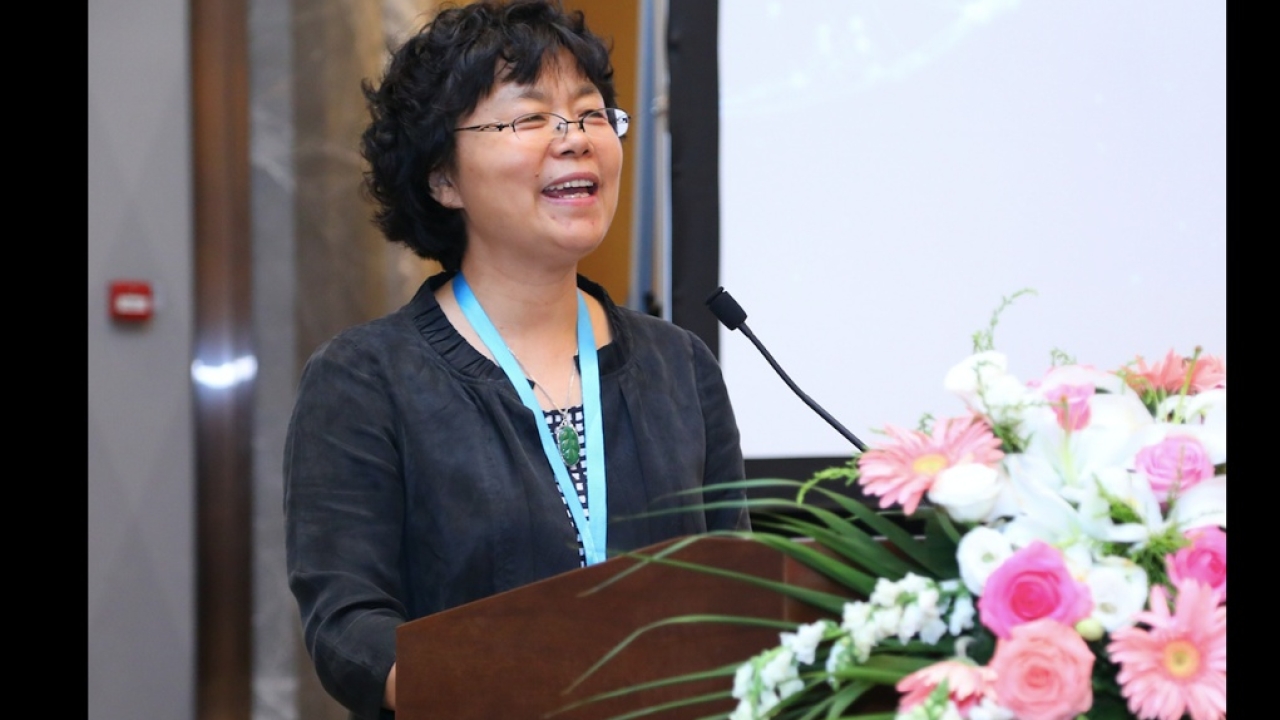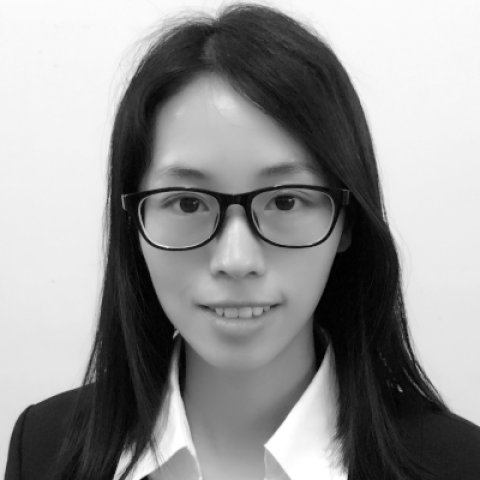Q&A: Professor Cao Guorong

L&L: Please explain the situation of the Gravure Printing Branch of PTAC. What are your major job responsibilities? What kind of role is the group playing in the industry’s development?
CG: Since its establishment in December 2004, the Gravure Printing Branch of PTAC has organized a series of events under the guidance of PTAC to push forward the development of China’s packaging industry, enhance the overall level of gravure printing and accelerate technical communication and cooperation with the wider printing industry. In total, the association has organized 15 sessions of its China-wide packaging and printing annual conference, six awards for package print design work, seven flexible package technical seminars and six folding carton seminars. The association has undertaken many surveys of overseas commercial sites and has contributed to more than 30 revisions of national industrial standards.
L&L: What is the current development status of China’s gravure printing industry? What is the total volume of the gravure market and its main applications?
CG: The continuous development of China’s economy and improvement of peoples’ living standards and quality of life have driven the growing demand for packaging and printing across all consumer-related sectors including food and beverage, cigarettes and wine, household chemicals, FMCG and pharmaceutical, health care products and home improvement. This has made gravure one of the major printing technologies in the China market.
Our gross statistics show that the market value of gravure in China was about 284 billion RMB in 2018, produced by more than 10,000 enterprises. Of this, flexible packaging accounted for 187 billion RMB, produced by approximately 8,000 enterprises. Of these, 1,284 are producing pharmaceutical packaging. Cigarette and wine packaging is worth 32 billion RMB with approximately 300 enterprises; decoration materials represent 26 billion RMB with approximately 200 enterprises; and the other package printing sectors account for approximately 39 billion RMB. Looking at substrates, paper printing accounts for 39.4 percent, plastic films and flexible package 46.7 percent and others 13.9 percent. From today’s market trends the future gravure market is expected to maintain a growth rate of 3 percent.
L&L: What are the respective proportions of gravure-printed labels and flexible packaging in China? What are the future growth prospects?
CG: In 2018, the total output value of China’s label printing industry was 46.87 billion RMB, increasing at a rate of 8.5 percent compared with 2017. The market value of flexible packaging was 187 billion RMB in 2018, accounting for 66 percent of China’s gravure printing market.
Now gravure is in a period of relatively stable growth for both labels and flexible package printing. At present, unit-type wide format gravure presses still dominate the flexible package printing market in China, which is characterized by long runs, low price, wide format and high speed.
But with changing end user market demands, in particular the demands of young consumer groups for heathy, portable and personally engaging goods, run lengths of flexible package purchase orders are dropping off, while demands for diversification are gradually increasing. This of course has impacted the gravure printing sector.
Actually, there are many similarities between flexible package and label printing regarding materials, printing techniques, rewinding and slitting. In the future, as demands increase for short-run and personalized flexible packaging, the interaction of flexible packaging and labels will be further enhanced. Some flexible packaging manufacturers will produce certain label orders while some label converters also accept some flexible package orders.
L&L: Is environment protection now the greatest challenge for gravure printing? How should the industry cope with it?
CG: Environment protection has become a matter of life and death for printing companies. This year alone, five statutes relating to the ‘green’ development of package printing have been released, including: 1. Standard for fugitive emission of volatile organic compounds (GB 37822-2019); 2. Emission standard of Air Pollutants for the printing industry; 3. Guideline on available techniques for pollution prevention and control in the printing industry; 4. Emission standard of air pollutants for paint, ink and adhesive industries (GB 37824-2019); 5. Comprehensive treatment plan for VOCs in key industries (MEE [2019]53).
For the gravure industry, VOC governance follows a three-pronged approach: cut down VOCs at source, control the process and treat the emissions. The good news is, following the unceasing emergence of new technical solutions in recent years, solvent-free lamination equipment is now more advanced, selected adhesives are much safer and more environment friendly, and emission treatment technologies are more efficient.
L&L: How should we combine gravure printing technology with the current digital wave?
CG: Many converters in the package printing sector have felt the impact of the new trends in the end user market. Demands for personalized packaging are increasingly springing up, and short runs, customization and personalization have become the imperative challenges for package printers. Conventional long-run and batch printing may have difficulty in meeting these increasingly short-run needs. In this regard, the advantages of digital printing, such as no platemaking, more flexibility and environmentally friendly, are gaining more prominence. Particularly following the technical innovations emerging in recent years, digital presses and equipment have greatly improved in terms of width and speed. Digital printing has huge growth opportunities.
For long-run jobs, gravure printing will continue to occupy a key position in the China marketplace due to its high efficiency and high quality. In future, gravure and digital printing will learn from and complement each other.
L&L: What contributions has the Gravure Branch made in the past year to push progress and development across the whole industry?
CG: The Gravure Printing Branch held three seminar sessions in 2019. The International Flexible Package Technical Seminar was held by the Gravure Printing Branch in Guangzhou on May 23 during the period of the 33rd Chinaplas expo. Secondly, the VOC Treatment Forum for the packaging, decorating and printing industry was held on July 26 during the 2019 China printing innovation conference, in which more than 100 industrial representatives took part. And thirdly, the fourth Congress of PTAC’s Gravure Printing branch as well as the 2019 15th Annual Packaging and Printing meeting were held in Tianjin on October 12, where 18 speakers gave keynote speeches.
In addition, the Gravure Printing Branch has edited and published proceedings called China Packaging & Printing, and also established some WeChat groups for instant information exchange. In October 2015, the official public WeChat page of the Gravure Printing Branch popped up online and issued 155 articles to date of Aug 12, 2019, which greatly enhanced the efficiency of information exchange.
L&L: What significant measures will the Gravure Printing Branch take in the future?
CG: In 2020, the Gravure Printing Branch will intensify technical exchanges and cooperation with our gravure peers at home and aboard, while continuously elevating our gravure printing level, promoting industrial development and providing a bridging role to provide better services for member companies.
Stay up to date
Subscribe to the free Label News newsletter and receive the latest content every week. We'll never share your email address.


